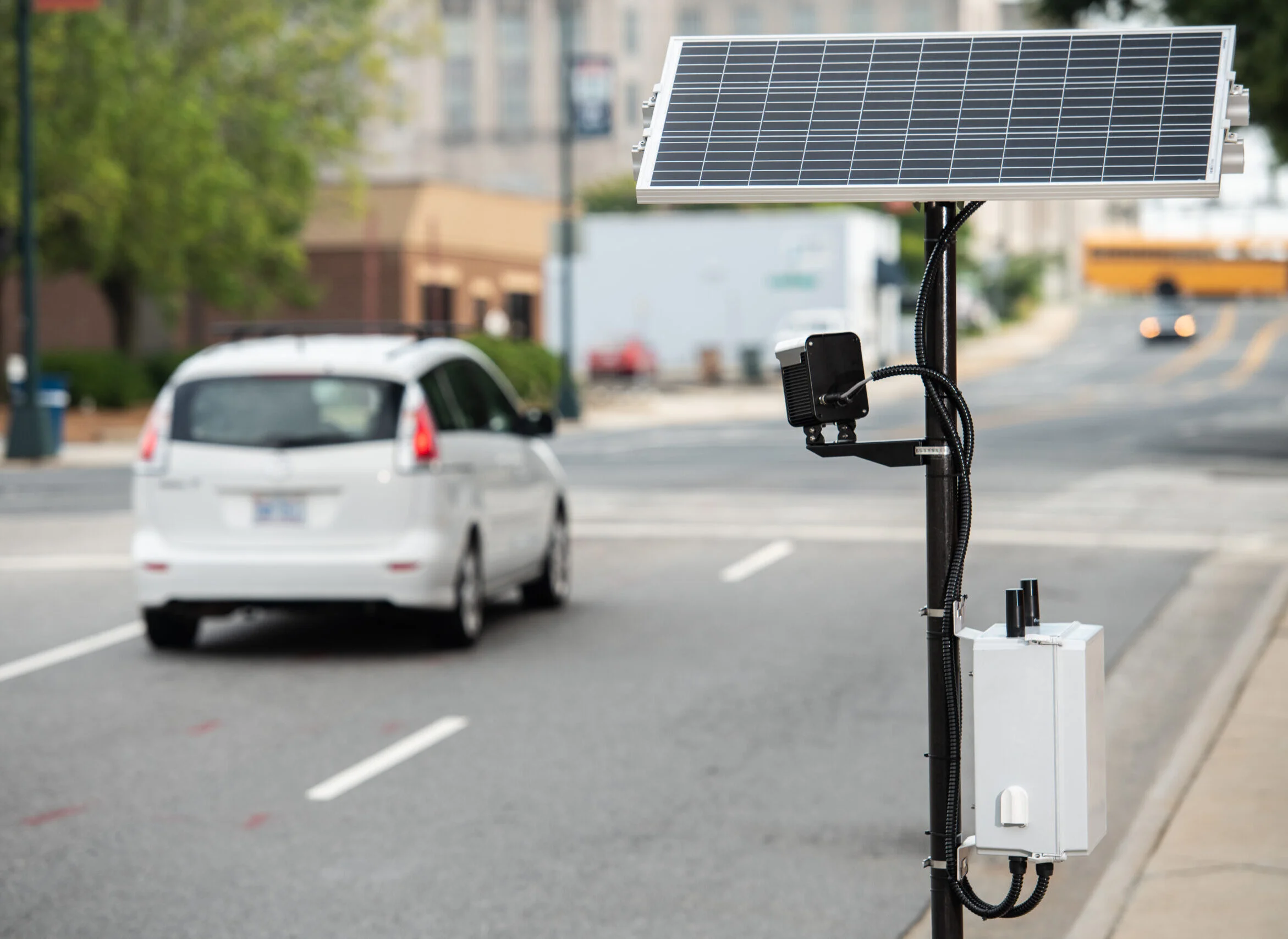How ALPR Systems Work
Automated License Plate Recognition (ALPR) systems automatically capture images of vehicles and their license plates, convert the plate images into alphanumeric characters using optical character recognition, and compare the plate numbers to databases of vehicles of interest, known as “hot lists.” When a match is found, law enforcement is alerted. These systems help law enforcement identify vehicles linked to suspects, witnesses, or victims, and can connect serial criminal activities across different jurisdictions.
Usage by California Law Enforcement Agencies
California law enforcement agencies utilize ALPR systems to quickly identify and locate vehicles relevant to investigations. ALPR technology compares captured license plates against databases containing information on vehicles involved in active investigations, such as Amber Alerts, stolen vehicles, or missing persons. The data is retained for a specific period and can only be accessed by law enforcement for legitimate purposes.
ALPR systems also assist in canvassing license plates around crime scenes to identify suspects, victims, and witnesses. This technology acts as a pointer system, enabling searches with limited information, including partial license plate details.
Data Storage and Access
ALPR data is stored in a secure facility with 24/7 security measures. Only law enforcement personnel with a legitimate purpose, criminal case number, and proper authorization can access the system.
Lawful Purpose, Need to Know, and Right to Know
- Lawful Purpose: Reasons include locating stolen, wanted, or suspect vehicles; finding suspects, witnesses, or victims; responding to Amber or Silver Alerts; ensuring public safety at events; and protecting critical infrastructure.
- Need to Know: The information must be necessary and pertinent to law enforcement activities.
- Right to Know: The requester must have statutory authority to obtain the information while acting in an official capacity.
Personnel Vetting and System Access
Law enforcement personnel must be approved by their agency to access the ALPR system. Once approved, they use a unique username and login to access the data.
Personal Identifying Information and Accuracy
The ALPR system does not store personal identifying information. It only contains license plate numbers, vehicle photos, and geospatial locations of where the images were captured. Since the system translates optical characters to digital data, there is a small error rate. Law enforcement agencies strive to verify data accuracy by cross-referencing with other information sources.
Public Access and Alerts
Members of the public cannot request images from the ALPR system. However, if a vehicle or license plate is stolen, law enforcement can search the database and set up alerts. Typically, 1 to 2 vehicles out of 1000 generate alerts each month.
System Audits and Data Sharing
The system logs each user’s activity for auditing purposes. Law enforcement personnel conduct sample audits to ensure proper functionality and data submission. ALPR data is not shared with private sector companies and is restricted to law enforcement use.
Camera Locations and Record Maintenance
ALPR cameras are mounted on law enforcement vehicles or fixed locations, capturing license plate information from vehicles on public roadways and properties. Records are maintained for a period ranging from 60 days to five years, depending on the jurisdiction. This retention allows law enforcement to connect serial criminal activities and supports investigations.
Privacy and Legal Considerations
ALPR systems provide law enforcement with pointers for vehicle locations at specific times, aiding criminal investigations. They do not provide constant surveillance or capture images of vehicle occupants.
California Senate Bill 34 requires transparency in ALPR usage, policies, security, and data breach notifications. It ensures respect for individual privacy and civil liberties in the collection, use, maintenance, sharing, and dissemination of ALPR data.
ALPR data cannot be used for immigration enforcement. California law enforcement agencies comply with laws, including the California Values Act, to limit data availability for immigration purposes.
Conclusion
ALPR systems are vital tools for law enforcement, aiding in the rapid identification and location of vehicles related to criminal activities. While ensuring public safety, these systems operate under stringent regulations to protect individual privacy and civil liberties. For more information on the privacy impact of ALPR, visit the NCRIC privacy impact assessment or contact privacyofficer@ncric.ca.gov.




